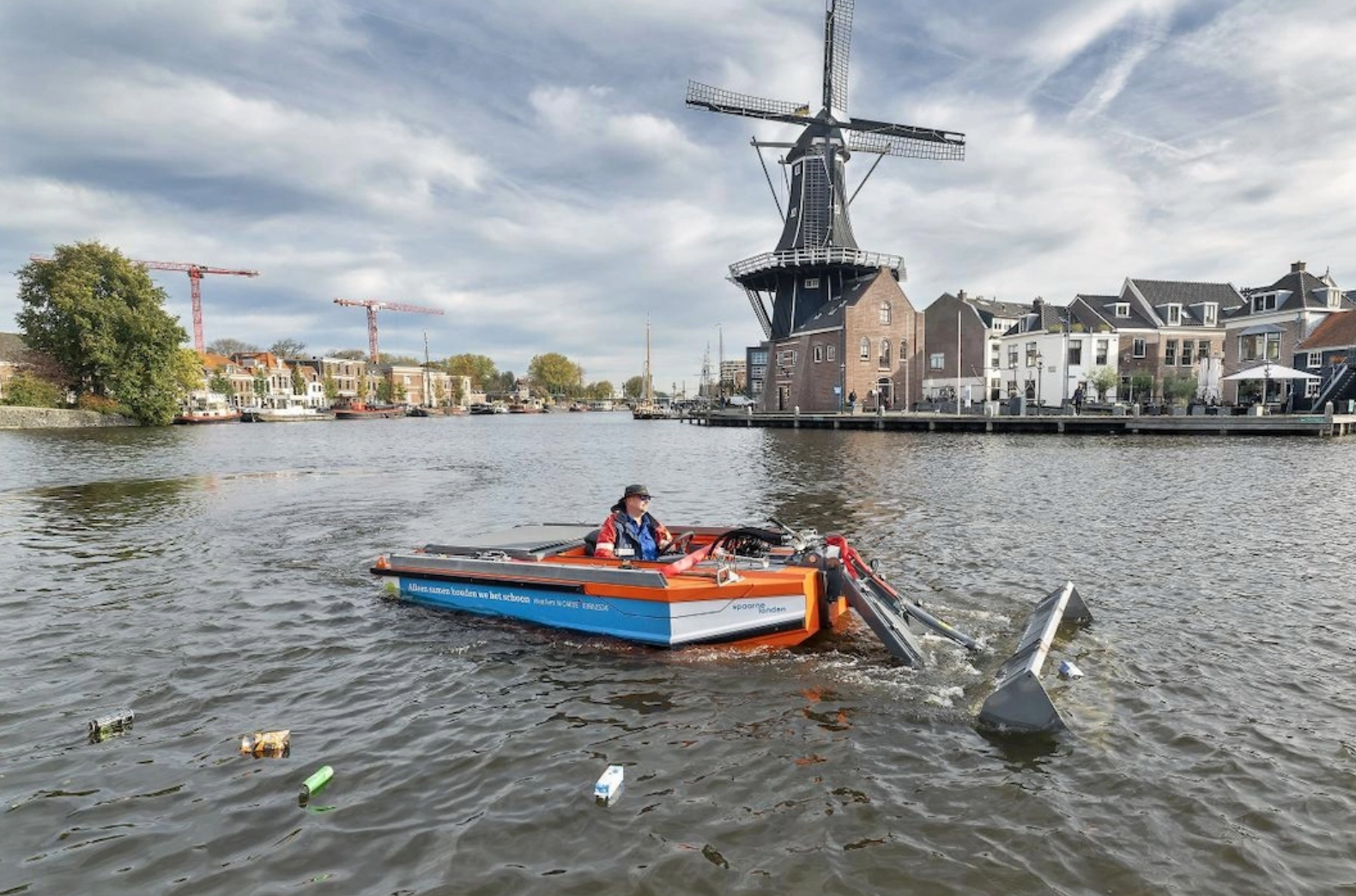
More money in 2023 for environmentally friendly investments
Companies will have more opportunities for tax-advantaged investments in innovative, environmentally friendly business assets. The budget for the Environmental Investment Allowance and Random Depreciation of Environmental Investments (MIAVamil) schemes has been increased to €217 million for 2023. With this, the government is making investing in these assets extra attractive for companies.
More business assets on the 2023 environmental list
The basis of the scheme is the Environmental List, which has been updated. The Environmental List 2023 contains more than 300 assets for which companies receive tax benefits if they invest in them. Compared to 2022, 22 new assets have been added,18 assets have been removed and several assets have been modified. The latest modifications contribute to the transition to a climate-neutral and circular economy and a healthy living environment. This means that we prevent emissions of harmful greenhouse gases. And that we use raw materials and materials more intelligently: maximize utilization and reuse.
More budget every year
From 2023, the government will increase the budget for the MIA by €48 million each year. This brings the MIA-Vamil budget to €217 million for 2023: €192 million for the MIA and €25 million (unchanged) for the Vamil. The additional MIA takes into account inflation and higher material costs, among other things. And there is room to provide additional incentives for some techniques.
Sustainable industry
- To further stimulate the circular economy, new investments have been included in the list. Such as replacing raw materials with a relatively high environmental impact with raw materials with a relatively low impact.
- There are also more opportunities for investments aimed at reducing emissions of nitrogen and particulate matter. Transportable batteries and biogas generators for local power supply are new to the list.
- Gas-fired boilers with low nitrogen emissions are no longer on the 2023 Environmental List due to the increased focus on natural gas-free heating.
- Finally, the maximum reportable investment amount for a NOx-emitting technique has been increased from €500,000 to €2 million.
Sustainable mobility
- The 2023 Environmental List encourages more investments in electric and hydrogen vehicles and mobile equipment, such as electric buses.
- New are hydrogen-powered mobile tools, dual-fuel hydrogen-powered agricultural tractors, electric or hydrogen-powered truck mixers and electric-powered implement carriers.
- To make shipping more sustainable, internal combustion engines running on hydrogen or methanol will become eligible in 2023.
Sustainable agriculture
To reduce nitrogen emissions, the 2023 Environmental List has a number of changes for investments in sustainable barns:
- Investments in so-called megastables are no longer eligible.
- A land use requirement applies to dairy cattle.
- For sustainable pig and poultry barns, the number of animals kept may not increase.
Opportunities have been broadened to include investments in disease and pest control in greenhouses and investments in production equipment for fish and dairy substitutes.
Sustainable building
- The National Environmental Database records the environmental performance of construction works. In the 2023 Environmental List, the requirements for this have been replaced by requirements for the amount of renewable, reused, demountable and reusable materials.
- Examples of newly included, sustainable building materials include: walls, floors and doors with take-back guarantees and wooden insulation boards based on residual streams.
More information?
Would you like more information? Click the button below for the RFO website.